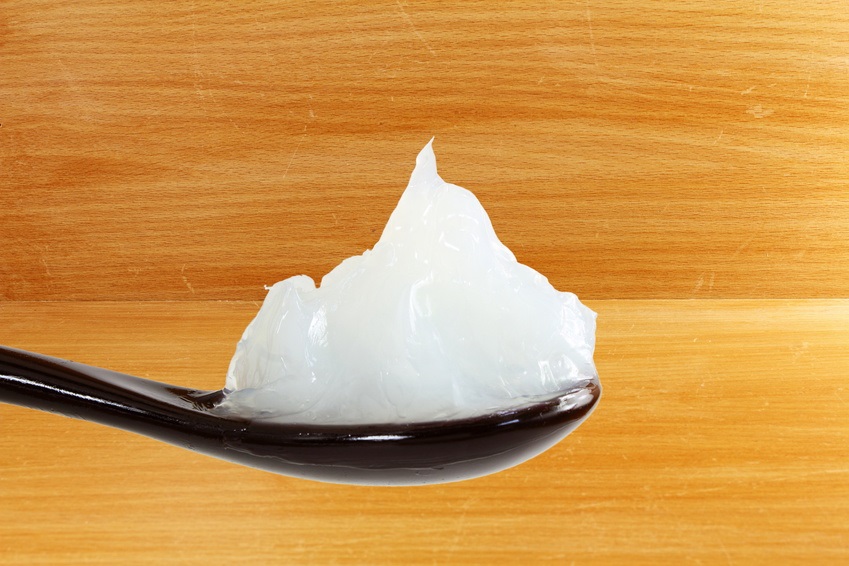
Asia-Pacific demands more white oils than any other region, according to an industry consultancy, due to China being the world’s largest consumer of the base oil-derived products and India remaining a key market.
White oil consumption was between 1.6 million and 1.7 million metric tons worldwide in 2015, an official with United States-based consultancy Kline & Co. explained in a webinar last week. Compound annual growth rate from 2011 through last year was approximately 1.5 percent and is predicted to remain at around that rate through 2020 to reach a volume of between 1.7 million and 1.8 million tons. Asia is expected to continue to dominate demand over the next five years.

Photo: Fotolia / govindji
Petroleum jelly is among the main applications for white oils.
Sixty-two percent of last years demand came from the Asia-Pacific region, with North American being the second-largest consumer and Europe following at third. In the key markets of China, India, North America, Europe and Brazil, which collectively accounted for around 1.5 million tons, China made up around 40 percent and India was around the same level as Europe – both were just less than North Americas share of around 20 percent.
White oils are used in a range of cosmetics and plastics – which together make up half of the market – as well in various applications in the textiles, adhesives, and pharmaceuticals industries. The food industry uses white oils as release agents and to formulate food-grade lubes. Other applications include textiles, agricultural sprays, fertilizers and defoamers.
All grades of base oils can be used to produce white oils, and use of various grades largely depends on regional availability. API Group II and Group II+ make up the vast majority of white oil production, and Group I is the next most significant grade. Naphthenics come third and Group III products are used the least. Group II base oils are preferred for high-quality, pharmaceutical-grade white oils in North America and Asia, explained Sushmita Dutta, project lead for Klines energy department. High-purity, pharmaceutical-grade white oils demand is much higher than that of technical-grade white oils.
In key markets, including India and China, low-viscosity cuts make up about half of demand for white oil feedstocks. High-viscosity holds about one-third of demand and medium viscosity makes up the remainder.
Six larger suppliers account for over 60 percent of the market, Dutta said. The white oil markets in the key countries are highly consolidated, and the top four suppliers in each country and region account for over 75 percent of market share.
Although growth in white oil consumption will be slow to moderate in the next five years, Kline said its still an attractive market due to its high volume and because white oils can be produced using processes that are not highly technical.
Approvals can be challenging, however. Theres a medium to high entry barrier due to the long approval process, especially in the personal care, pharmaceuticals and food processing industries, which account for the most demand.